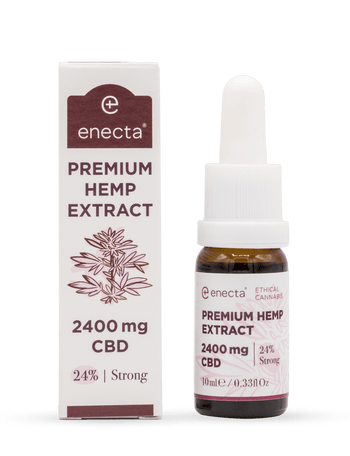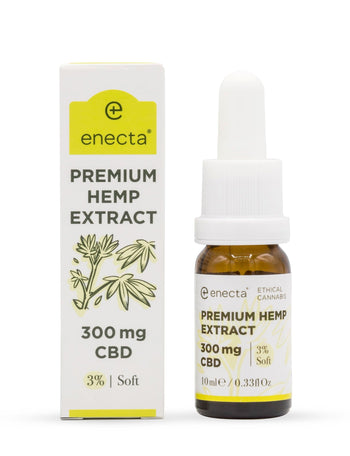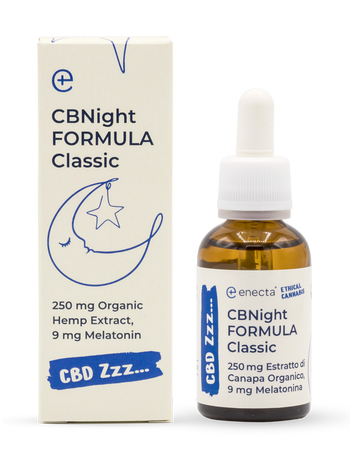Enecta telling about Enecta, interview with Marco Cappiello, founding partner of the Italian-Dutch company. Marco has been active on the Cannabinoid market since 2013. “We have worked on global markets, both in Europe and in the United States and I have been able to witness the development of this specific market right from the beginning”. His role within the company is taking care of communications with patients and customers.
What does it mean to produce CBD today?
Compared to some years ago, producing CBD today means taking part in a context in which competition is ever more intense, which means finding products on the market that are getting better and better. What does better mean? It means products that produce more efficient effects than they did some years ago.
Producing CBD today means both observing the rules regarding production which are more detailed and defined and keeping an eye on the future, as well as on the laws which regulate this substance. In the past, Cannabidiol production was rather improvised; for example hemp plants were used,which weren’t dried in the correct way, creating problems in the final product, like the appearance of molds, mycotoxins etc.
So, while some time ago it was possible for the “improvised producer” to use low quality products, as there was much less competition, today we can observe how the more professional brands are equipping themselves to bring the best of the best one can find on the market, stimulating in this manner the Cannabinoid sector to specialize in products that are getting safer all the time, are certified and which, in broad terms, try to equal pharmaceutical products, when it comes to quality control.
When did Enecta produce its first CBD?
In the initial phase of startup, Enecta addressed third-party producers for the extracted material, as our primary focus at that time was to concentrate on the formulations coming after the extraction, rather than on the extraction process itself. In the last two years however we have been busy following the entire production chain, from extraction to the final product, observing the high standards parting from the Hemp quality itself.
If there’s a secret, what is it?
Above all, keeping a standardized terpene profile, which requires the producers to recreate the profile in the lab. As the plant is often susceptible to climatic and environmental conditions, the final product is hardly ever standardized on the terpene level, so often a “reconstruction” in the lab is been adopted to reach this goal. The second secret is to differentiate between a raw extract and a refined extract.
The raw extracts we often find in the lab, having a much darker colour and a definitely less pleasant flavour, contain all parts of the plant obtained from a first “pressing” of the product. So we will find specific molecules which can generate intestinal problems in the consumer. The secret shared by the best producers in the world is to carry out a second phase of refinement, which includes the removal of a part of these substances.
According to yourself, which image have the consumers got of CBD, especially from the therapeutic point of view?
In the first years of this market sector, people interested in cannabinoid therapies, containing both THC and CBD, who hadn’t had any success with the traditional cures, turned to Cannabis, of which the therapeutic properties are historically known. So we can see that at the beginning of the market it were the customers who were looking for the companies and that the companies were not actual companies.
Today however, the fields of application have expanded immensely so we can observe how the awareness has matured of CBD being also of great support in fighting much less severe health problems like inflammations, health issues characterized by pain, and also as an aid to athletes. Information about CBD is spreading quicker and quicker and in a more efficient way. I personally use CBD to sleep better at night.

































